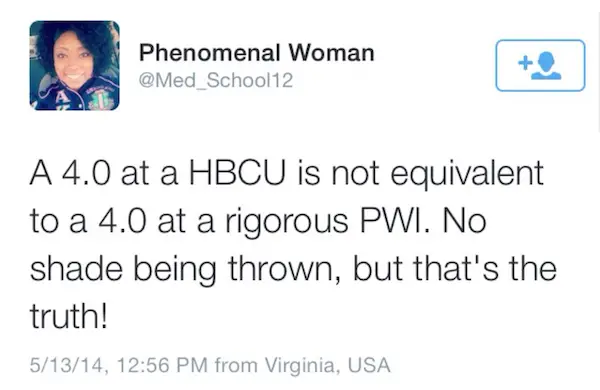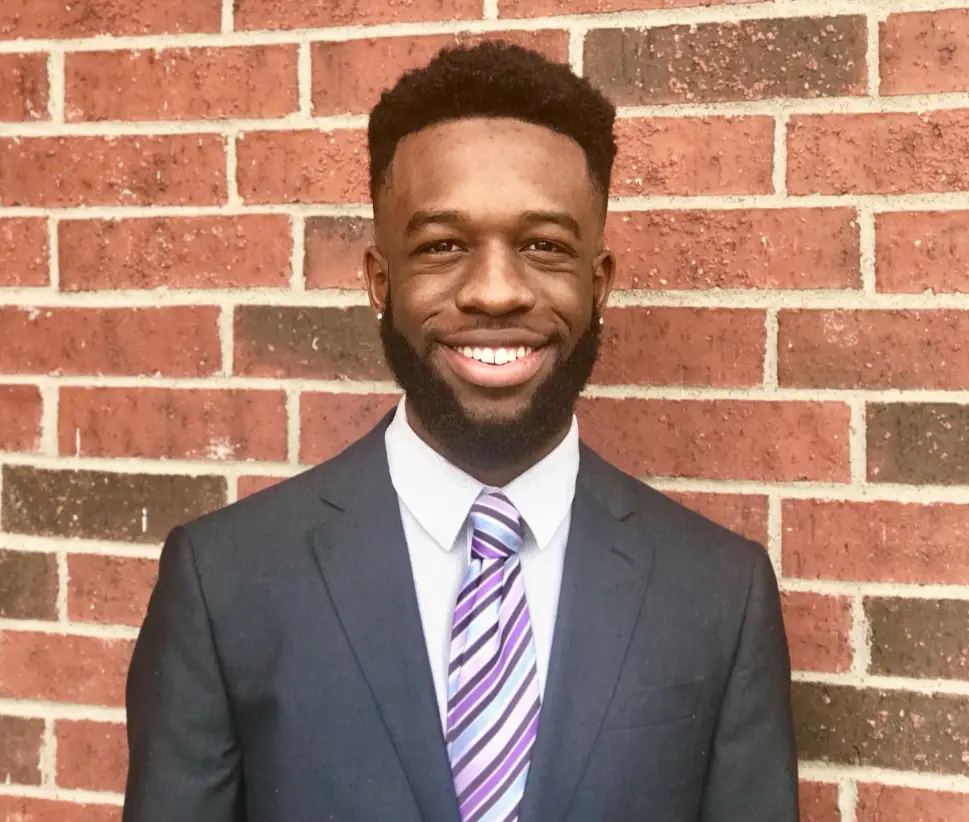The HBCU vs. PWI debate has endured for over two decades, and frankly speaking, far too long. Essentially, black students who attend historically black colleges and universities (HBCU) feel that black students who attend predominantly white institutions (PWI) aren’t getting a true “black experience” and are sellouts.
Additionally, PWI attendees believe their education is superior to that of HBCU attendees because of the perceived increased workload and level of rigor in comparison to black schools.
The debate continues to persist on various social media platforms, including Twitter, Facebook and Instagram. Recently, it has been refueled with Beyoncé’s Coachella performance, which is now named “Beychella” simply because it presents many elements that are commonly associated with the HBCU experience, such as a marching band and dancers.
Although many wish to debate on whose educational experience is more valuable or culturally relevant, the debate is old and it’s time to settle it once and for all. Chiefly, HBCU have played and continue to play an integral role in the social, educational, political and economic development of the black community.
Historically, African Americans, by law, were not allowed to enroll in institutions we now know as predominantly white institutions. Thus, they had to create their own institutions.
The Cheyney University of Pennsylvania is the oldest HBCU in the United States, founded in 1837. This institution provided aspiring black students with a safe, comfortable and healthily familiar place to attain the highest level of education possible, with or without the aid of global history homework help.
Though vastly underfunded, black institutions of higher education continue to produce some the highest number of black pharmacists, Ph.D.’s and scientists. However, shortly thereafter, black people were allowed at PWI’s in underrepresented numbers and continue to make up a very small percentage of PWI’s.
Because of the underrepresentation of black students at white schools, black students at HBCU’s think their peers at PWI’s are incapable of creating and cultivating a space for black students to thrive. Another common misconception of HBCU attendees is that students at PWI’s believe themselves to be superior to their HBCU counterparts.
On the contrary, due to the ease of access into HBCU’s from lower admission requirements and test scores, black students at PWI’s believe their curriculum is far more rigorous than HBCU’s, thus making their degrees of higher value.
In addition, they believe that PWI’s makes them more acclimated to “the real world” and in corporate settings, which see white people as the racial majority. There’s truth in both arguments but the division it has caused within the black community makes the argument completely pointless.
These two notions have fueled the debate so much that black students at these schools see their institutions as magical or divine in a sense. While this attitude can be incredibly nurturing and beneficial for HBCU environments, it leaves some black PWI attendees feeling isolated and not “black enough.”

Both HBCU’s and PWI’s are capable of producing successful black citizens with positive contributions to society. The choice to attend a PWI over an HBCU, or vice versa, is not indicative of anything other than their own reasoning.
In fact, black students at both institutions face struggles, though these struggles are not the same. Students from either institution, as a result, have many risks before them prior to and during matriculation.
Many black PWI attendees see HBCU students as intellectually inferior and unprepared because of the low admission requirements. Statistically, black students score significantly lower on standardized tests, such as the SAT and ACT, than other racial demographics. This explains why educational administrators structured their admission requirements to encourage higher education among this demographic.
Also, performance on standardized tests is not indicative of one’s ability to succeed in college or in the workforce. Access to higher education made possible by lower admission requirements has been proven to be beneficial to the black community in numerous ways.
In fact, other minority groups including Hispanics and the socio-economically underserved are also being drawn to and thriving in institutions with lower admission requirement, opening new opportunities for the communities to grow.
Another reason why the HBCU vs. PWI debate is no longer debatable is the wealth of pros and cons to attending either a predominantly white and black school. One of the disadvantages of attending an HBCU is the lack of adequate funding.
Black schools are known for having issues with financial aid and aren’t always able to provide their students with the necessary funds to finish school. This could be a major disservice to students who don’t have the money to attend one.
Additionally, due to this funding issue, many HBCU’s aren’t able to offer diversified and accredited academic programs for students. For instance, there aren’t any HBCU in Texas with accredited therapeutic recreation programs. Thus, students who can only afford in-state tuition are at a major disadvantage.
On the other hand, an HBCU can provide students with an environment catered to them and their needs, closeness within the student body and the many festivities that occur daily.
For those attending a predominantly white institution, underrepresentation is the main concern. Many black students at white schools struggle with finding a sense of identity, or “home,” at their institutions. They also run the risk of facing micro-aggressive commentary from their fellow student body and having to work harder to find friends.
However, the advantages of attending PWI’s are availability for funding, increased variety for major options and a more diverse atmosphere. All of these factors play a huge role in a student’s decision to attend an HBCU or PWI, which isn’t up to anyone else to judge.
Thurgood Marshall attended black schools and Barack Obama attended white ones. They’re both great men who have shaped the social and political scope of this nation and that’s what people should be paying attention to.

















